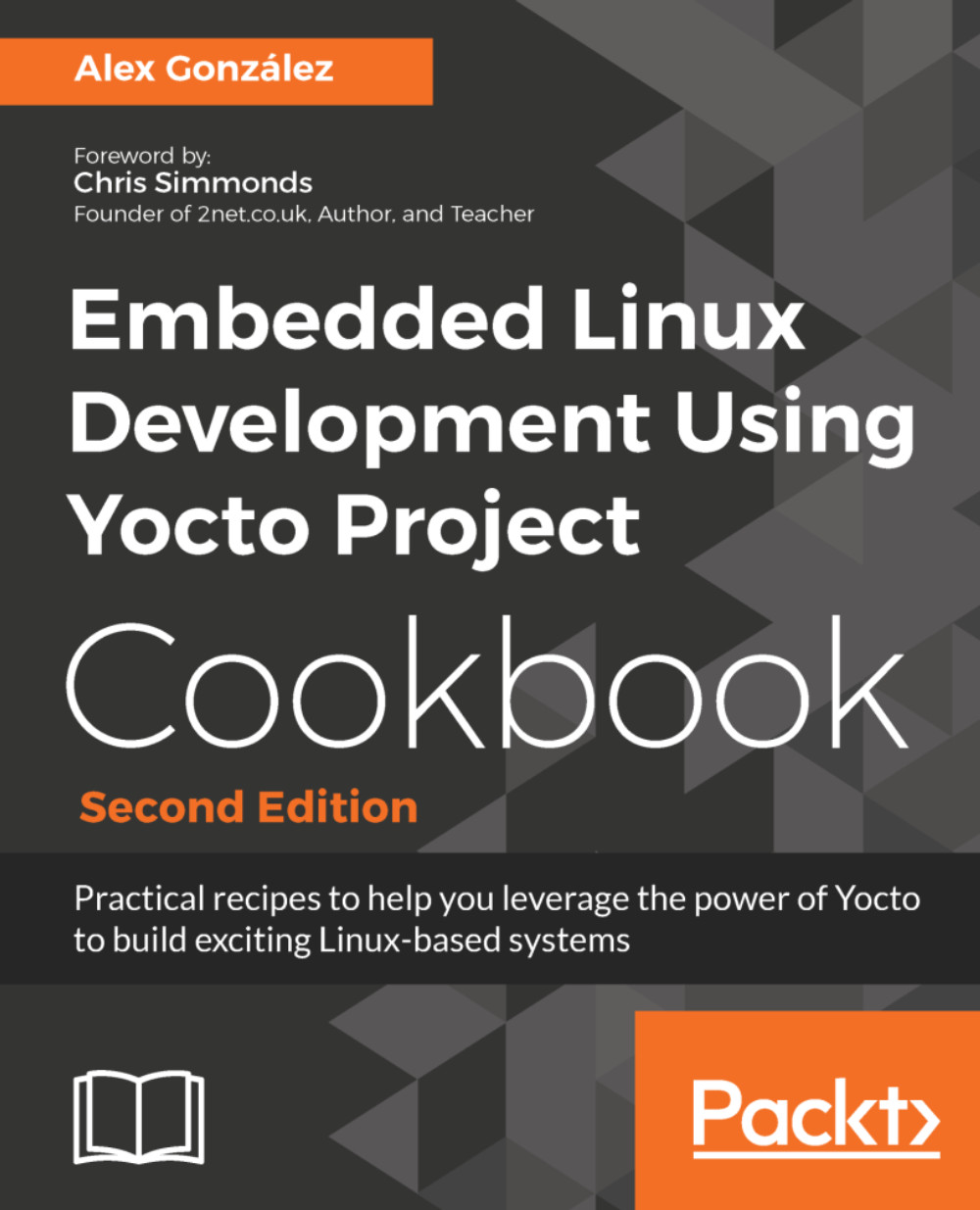The SoC manufacturer (in this case, NXP) has a range of reference design boards for purchase, as well as official Yocto-based software releases. Similarly, other manufacturers that use NXP's SoCs offer reference design boards and their own Yocto-based BSP layers and even distributions.
Selecting the appropriate hardware to base your design on is one of the most important design decisions for an embedded product. Depending on your product needs, you will decide to either:
- Use a production-ready board, like a single-board computer (SBC)
- Use a System-on-Module (SoM) and build your custom carrier board around it
- Use NXP's SoC directly and design your own board
Most of the time, a production-ready board will not match the specific requirements of a professional embedded system, and the process of designing a complete carrier board using NXP's SoC would be too time consuming. So, using an appropriate module that already solves the most technically challenging design aspects is a common choice.
Some of the characteristics that are important to consider are:
- Industrial temperature ranges
- Power management
- Long-term availability
- Pre-certified wireless and Bluetooth (if applicable)
The Yocto community that support NXP-based boards is called the FSL community BSP and their main layers are called meta-freescale and meta-freescale-3rdparty. The Freescale brand was acquired by NXP with the purchase of Freescale. The selection of boards that are supported on meta-freescale is limited to NXP reference designs, which would be the starting point if you are considering designing your own carrier board around NXP's SoC. Boards from other vendors are maintained on the meta-freescale-3rdparty layer.
There are other embedded manufacturers that use meta-freescale, but they have not integrated their boards in the meta-freescale-3rdparty community layer. These manufacturers keep their own BSP layers, which depend on meta-freescale, with specific support for their hardware. An example of this is Digi International and its ConnectCore product range, with the Yocto layers available at https://github.com/digi-embedded/meta-digi. There is also a Yocto-based distribution available called Digi Embedded Yocto.




































































